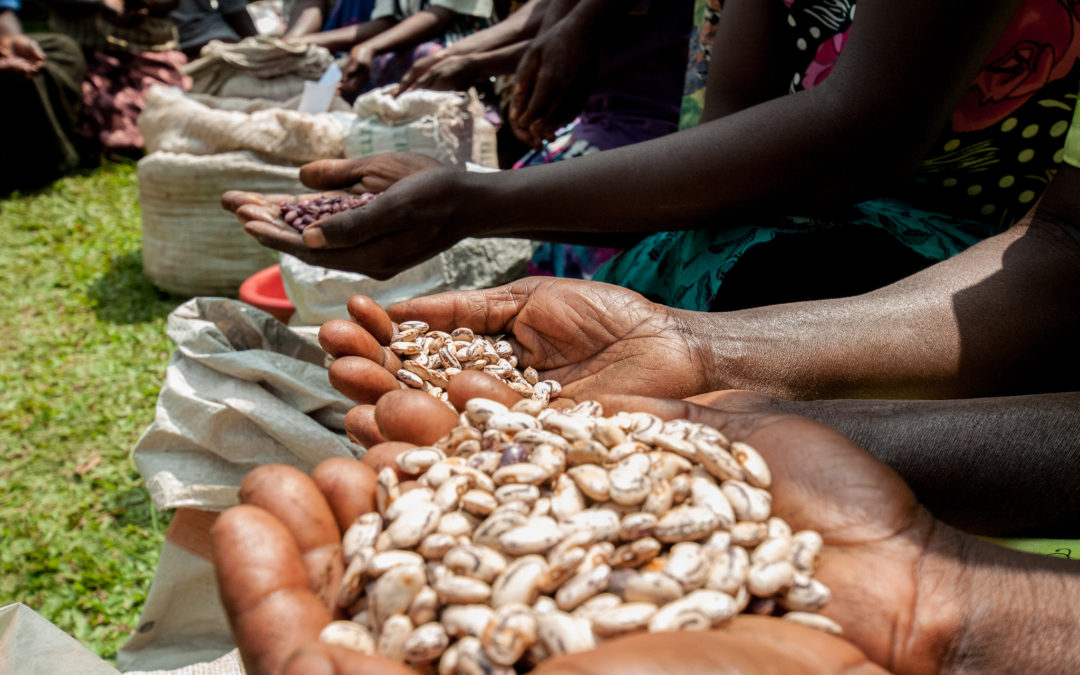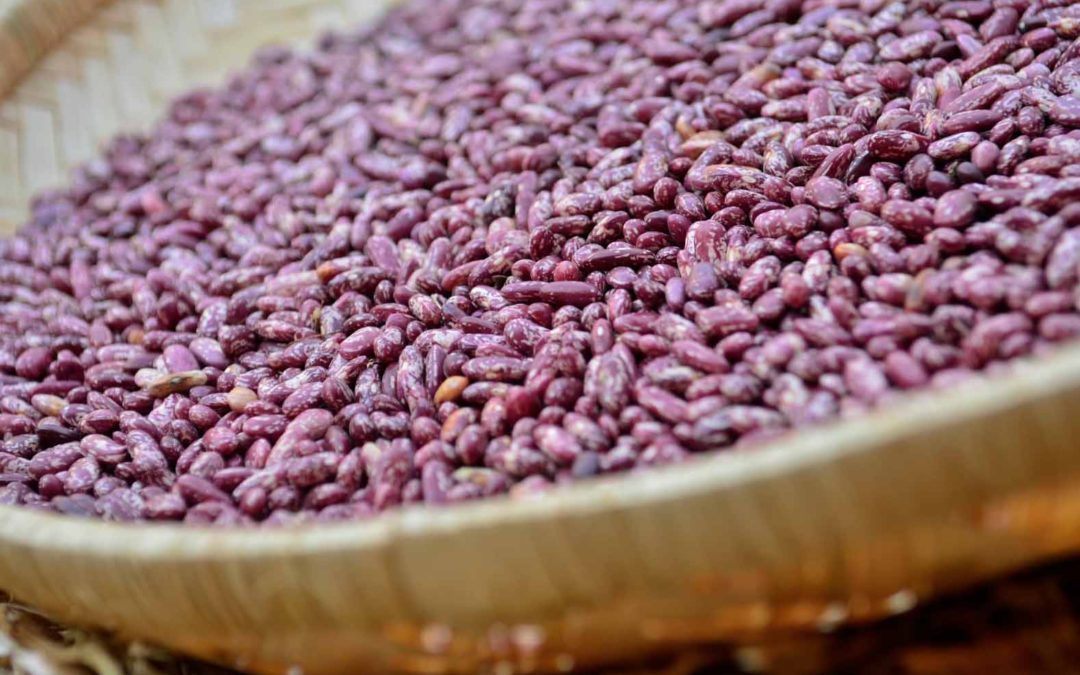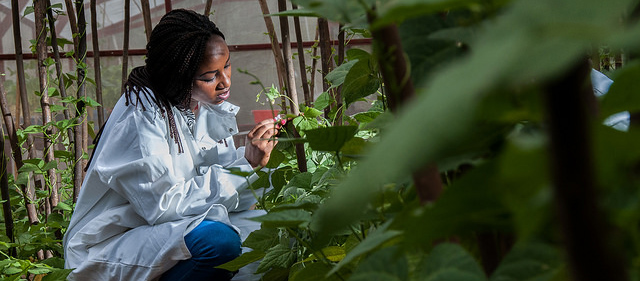
by Administrator | Nov 22, 2017 | Africa, Beans, CGIAR, CIAT, Dr. Mercy Lung’aho
by Georgina Smith | Nov 22, 2017 Eating beans bred to contain higher iron can boost memory and attention span in female university students in Rwanda, the study shows. Policy makers could consider including iron-biofortified beans as part of national strategies to...

by Administrator | Aug 29, 2016 | Beans, PABRA, Rwanda
Five new bean varieties bred with high iron and resilience to the impacts of drought were released in Uganda for the first time on Friday 22nd July. The varieties – co-developed by the National Crops Resources Research Institute (NaCRRI), the Rwandan Agricultural...

by Administrator | Aug 29, 2016 | Beans, PABRA, Rwanda
Eating specially-bred, high-iron beans twice-a-day for just four-and-a-half months reduced iron deficiency and anaemia in young women in Rwanda, according to a new study. Iron deficiency is the world’s leading nutritional ailment, particularly in developing countries....

by Administrator | Nov 19, 2015 | Beans, CIAT, PABRA, Partnership, Rwanda
Ellen Tuyisenga (pictured below) has the answer. It came to her one day in the field, as she talked with friends about earnings from the previous bean harvest. One lady recounted that she had made more than US$1,000. Then her husband took the money away, leaving her...

by Administrator | Mar 30, 2015 | Beans, CGIAR, CIAT, PABRA
A Zambian book containing recipes for healthy bean-based meals is now available online. The book, created by the National Food and Nutrition Commission (NFNC) and Zambian Agricultural Research Centre (ZARI) in partnership with the Pan-Africa Bean Research Alliance...






